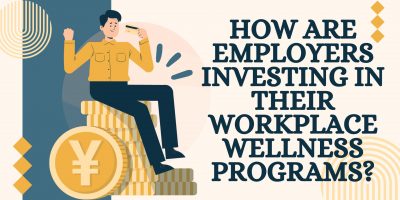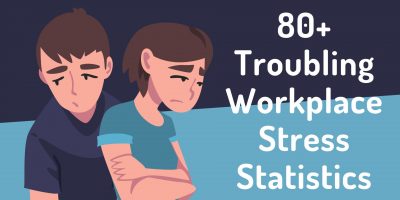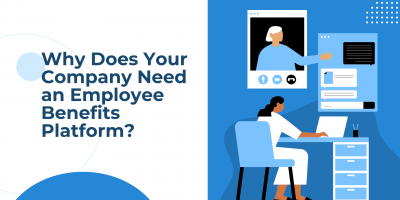
How to Develop an Effective Wellness Program Budget?
Uncover the importance of a well-planned and thoughtfully allocated wellness program budget that meets your organization’s needs.

Stress can play a major toll on human beings and their mental and physical well-being. Stress can come from many sources, and one of the largest stressors is the workplace. For employees, workplace stress affects their happiness, productivity, relationships and tenure at a company. For employers, workplace stress can cause employee turnover, unhappiness, low productivty and more.




Work stress is a concern for both employees and employers because, as the statistics above show, there is a clear link between employee wellbeing and the performance of a company.
Browse our curated list of vendors to find the best solution for your needs.
Subscribe to our newsletter for the latest trends, expert tips, and workplace insights!

Uncover the importance of a well-planned and thoughtfully allocated wellness program budget that meets your organization’s needs.

Align your company policies with the latest employee wellbeing trends to meet your workforce’s health and wellbeing demands.

Address workplace stress head-on with practical solutions to encourage a healthier, more productive work environment.

From HR efficiency to employee retention, here’s why companies need to modernize their benefits administration with employee benefits platforms.
Used by most of the top employee benefits consultants in the US, Shortlister is where you can find, research and select HR and benefits vendors for your clients.
Shortlister helps you reach your ideal prospects. Claim your free account to control your message and receive employer, consultant and health plan leads.